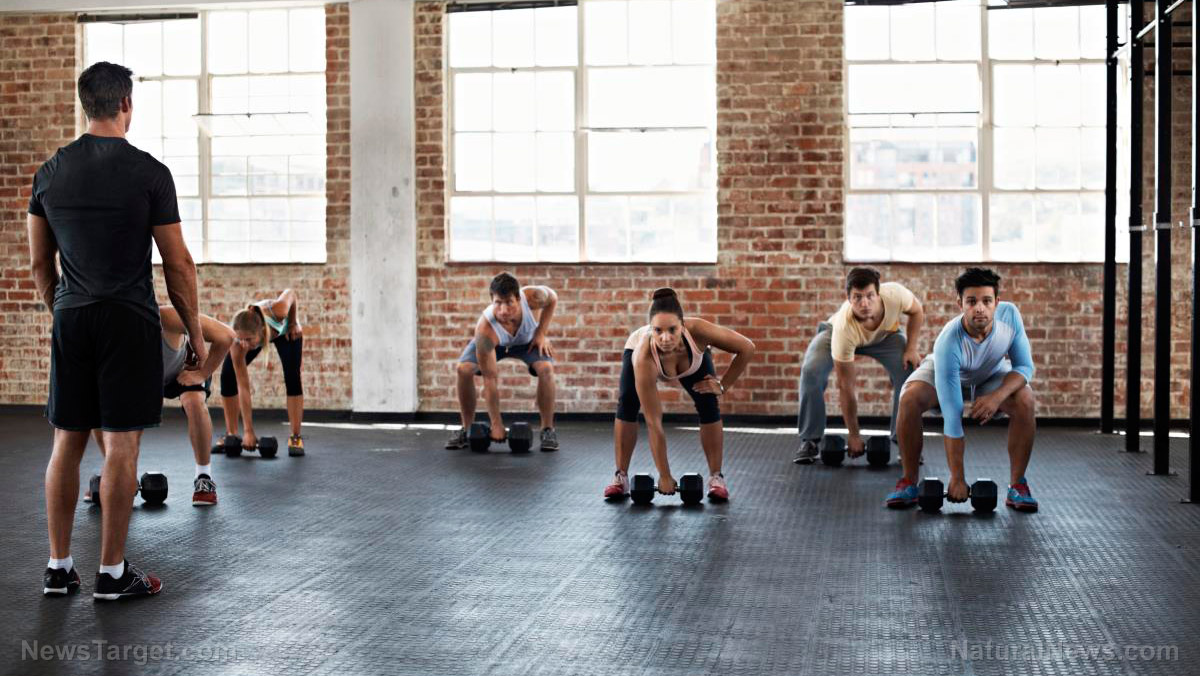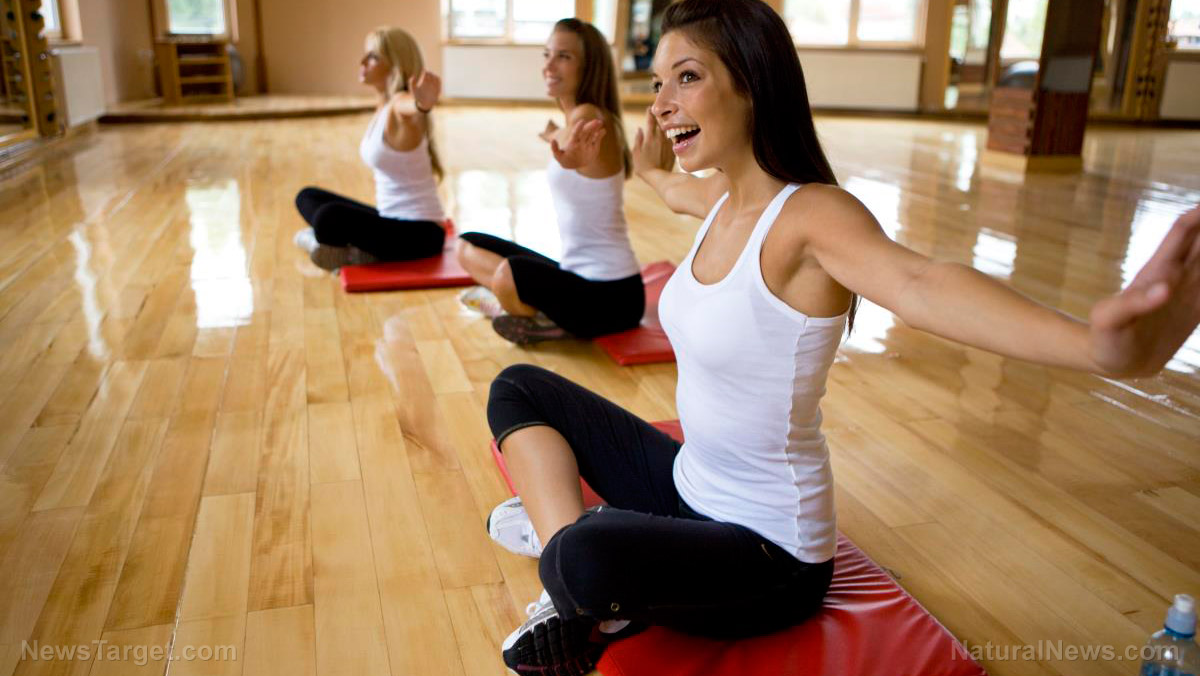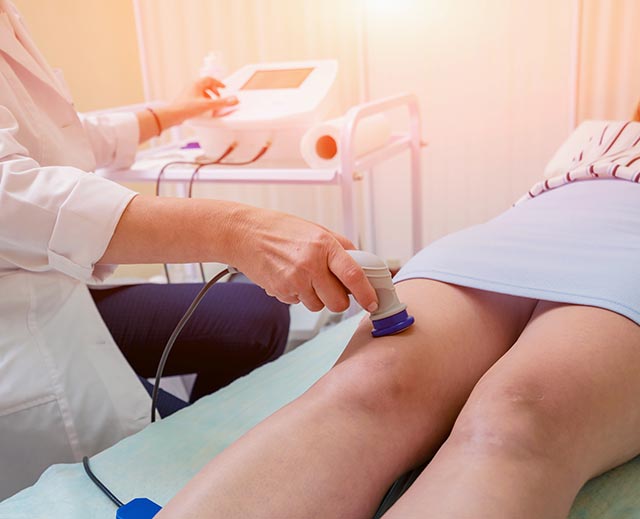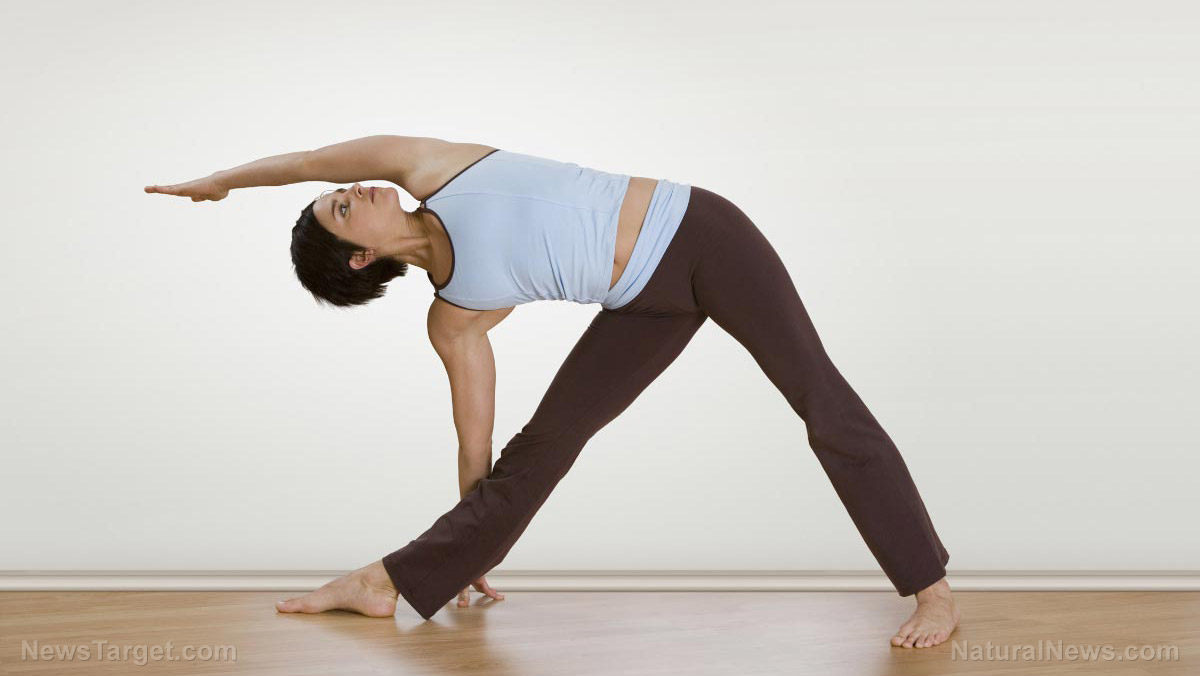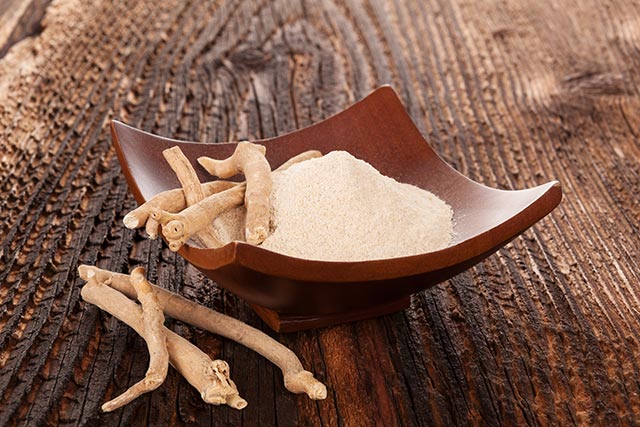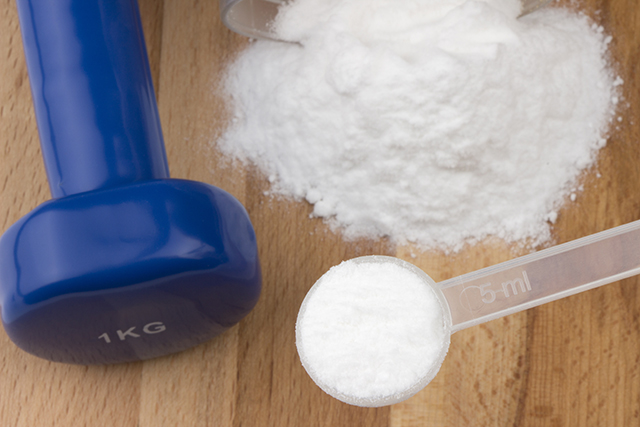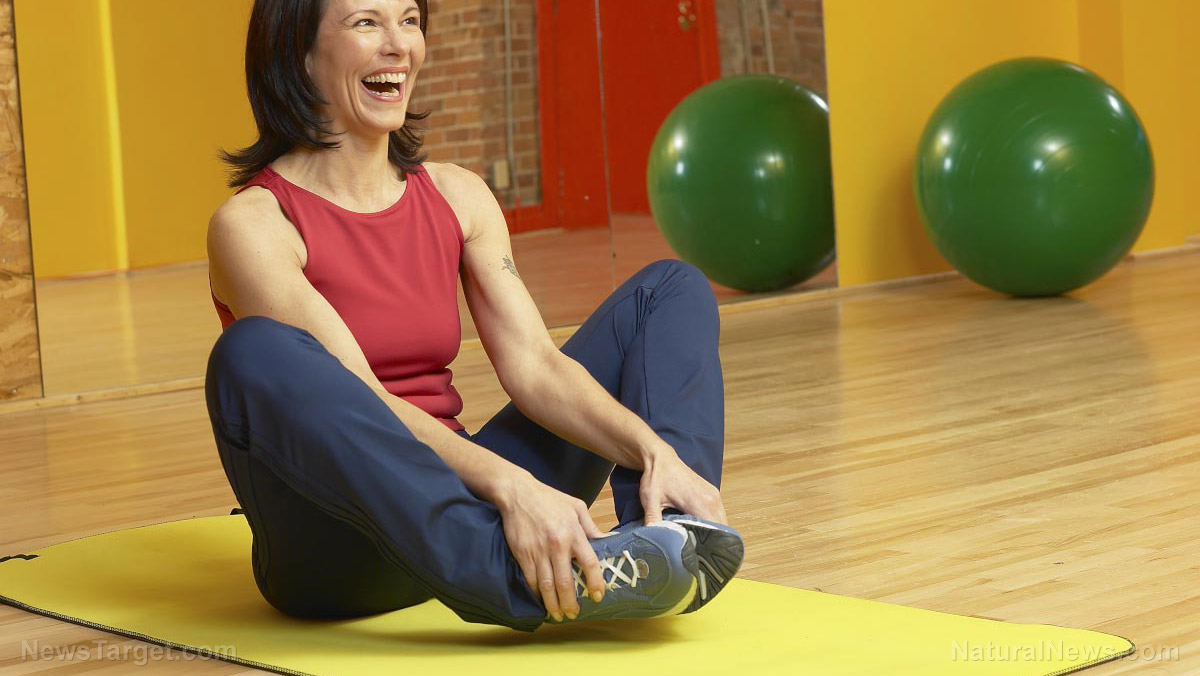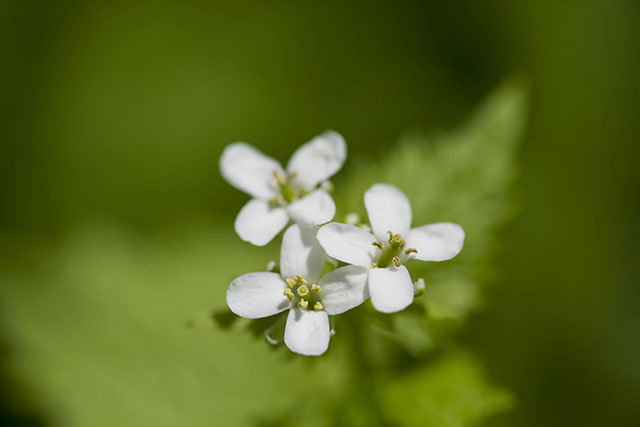Stop back pain with these easy everyday Yoga poses
02/28/2017 / By Amy Goodrich
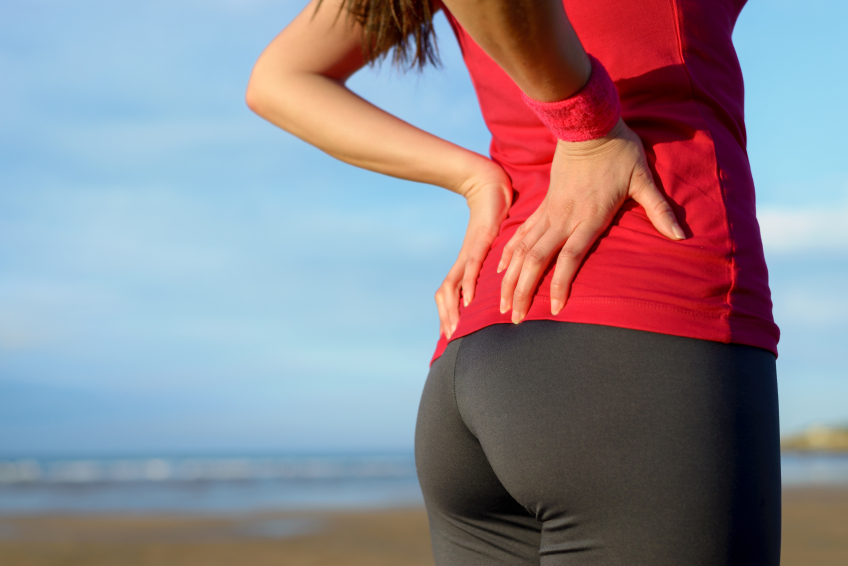
Lower back pain can be crippling and seriously effect the quality of your day-to-day life. Eight out of ten Americans will face the condition at some point during their lives. While lower back pain is more common in adult women, everybody can suffer from it.
The majority of lower back pain sufferers rely on nonsteroidal anti-inflammatory drugs (NSAIDs) to find relief. These commonly used pain relievers, however, come with a host of side-effects. While they might be effective in temporarily relieving pain, they may raise the risk of heart failure by nearly 20 percent.
Luckily, there are many natural treatments available, and yoga stretches are one of best. Organic Authority recommends following four yoga poses to help relieve lower back pain and find ease in your daily movements.
1. Box on the Wall
The Box on the Wall pose is a variation of Downward Facing Dog which places less pressure on the hands and arms. This is an excellent pose to stretch your hamstrings and spine while improving lower back mobility and easing pain.
To get into the pose, place your hands shoulder-width apart at hip height. While pushing both hands firmly into the wall, walk your feet back until your heels are right under your sitting bones. Straighten your legs while pushing into the wall with both hands. Engage your quads and adjust your sitting bones to create a natural curve in your lower spine. If this is too hard for you, then keep a slight bend in your knees.
2. Supta Padangustasana (Reclining Hand-to-Big-Toe Pose)
This is a relaxed pose to stretch your hamstrings. What do your hamstrings have to do with lower back pain you might ask? Tight or shortened hamstrings pull on the lower back, creating tension and pain. While the pose is called hand-to-big-toe, if you are not that flexible, a yoga belt or other strap will be necessary to execute this pose.
Lie on your back with your legs flat on the ground, big toes pointing to the ceiling. Place a yoga belt around the bottom of one foot (or grab your big toe) and extend that leg, trying to get it at an angle of 90°. Engage both of your quadriceps and keep both feet flexed. If you can keep your leg straight and engaged, then gently pull it towards your chest. Do not overstretch. Repeat the exercise, bringing the other leg up.
3. Supported Setu Bandha Sarvangasana (Bridge Pose)
This pose is good for the lower back since it stretches the hip flexors, quadriceps, and chest, which can all cause pain in the lower back.
For this pose, you will need a yoga block. Lie on your back and bend your knees. Set both feet on the ground, hip-width apart, with your heels as close as possible to the sitting bones. Press your feet into the floor and lift your tailbone upward. Carefully place a yoga block under your sacrum, which is right at the base of your spine. If you want to intensify the stretch in your chest and shoulders, interlace your fingers behind the block and extend your arms to the floor. Keep your feet in line with your knees.
4. Modified Ardha Matsyendrasana (Side Twist)
If you are looking for a way to revive the whole spine, twists are what you need. This pose will be extremely beneficial after doing a backbend like the supported Bridge Pose. Furthermore, twists create more space between the vertebrae. This will help you to take pressure off the lower back and increase mobility in the entire spine.
Sit on the floor, use a blanket for support if necessary. Extend your left leg while bending your right knee and placing your right foot over the extended leg. Your right knee should be pointing towards the ceiling. Place your right hand behind your body while crossing your left arm over your right knee. Twist toward the right side. On every exhale, lift your chest and go a little bit deeper into the twist. Repeat on the other side.
Sources:
Tagged Under: back pain, chronic pain, lower back pain, natural cure, Yoga, yoga stretches

